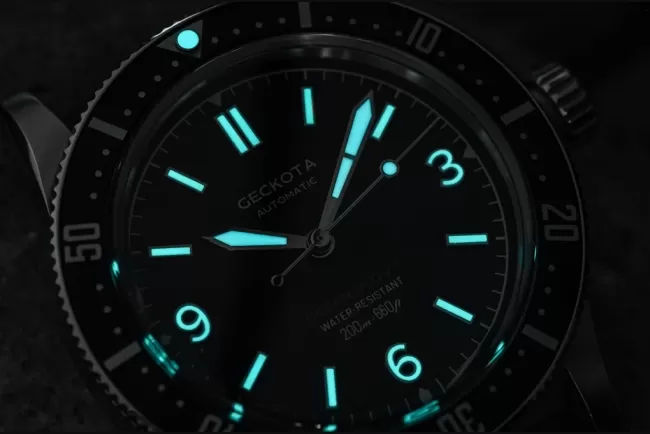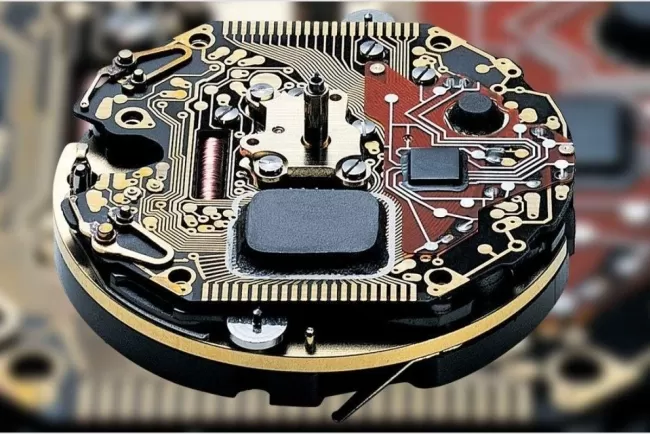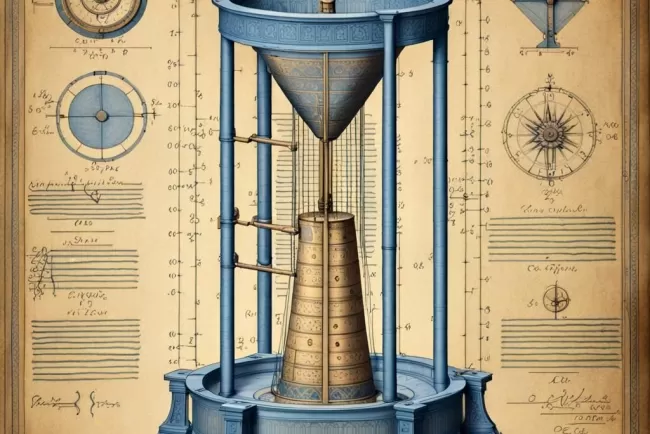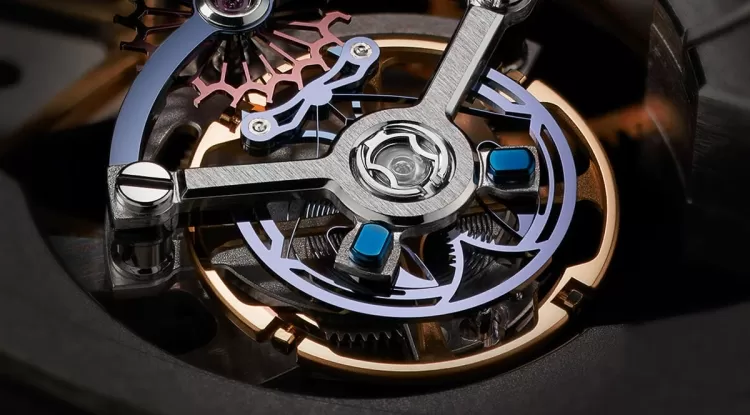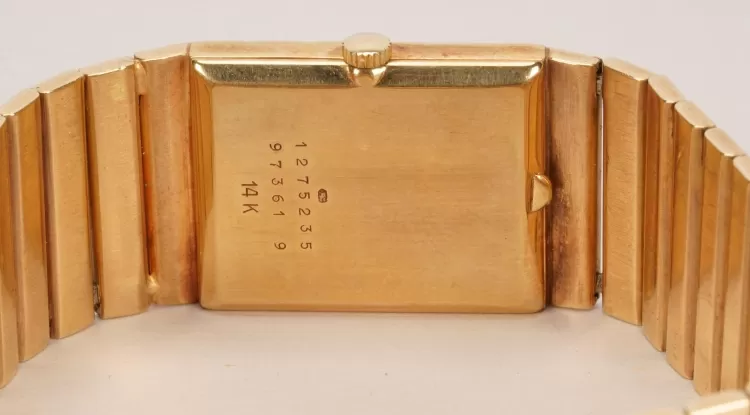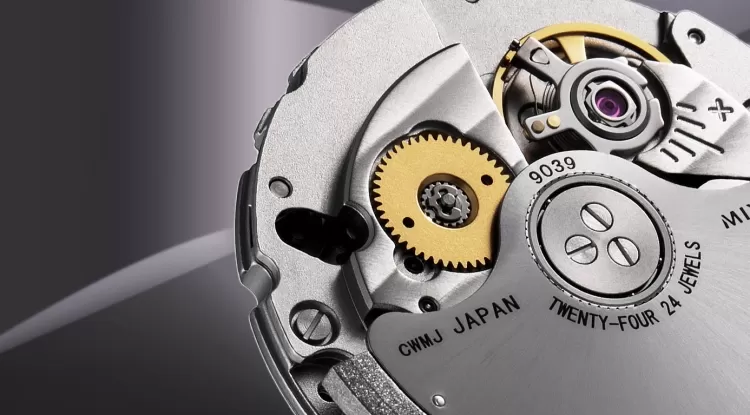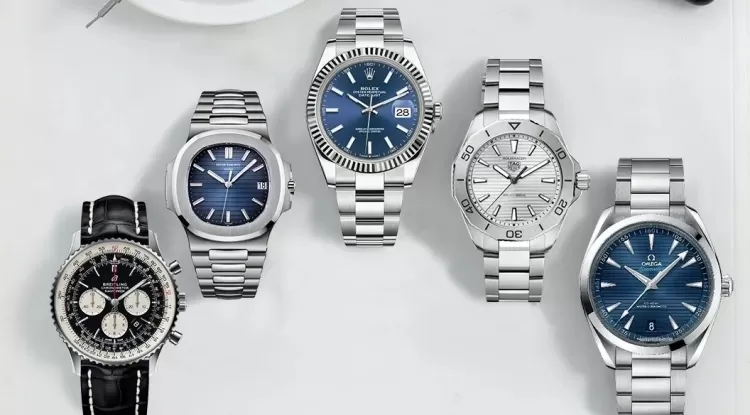What is a Tachymeter? A Comprehensive Guide
Discover what a tachymeter is, how it works, and how to use it effectively. Learn about its practical applications and why tachymeter watches are a blend of functionality and style. Perfect for watch enthusiasts and professionals alike!
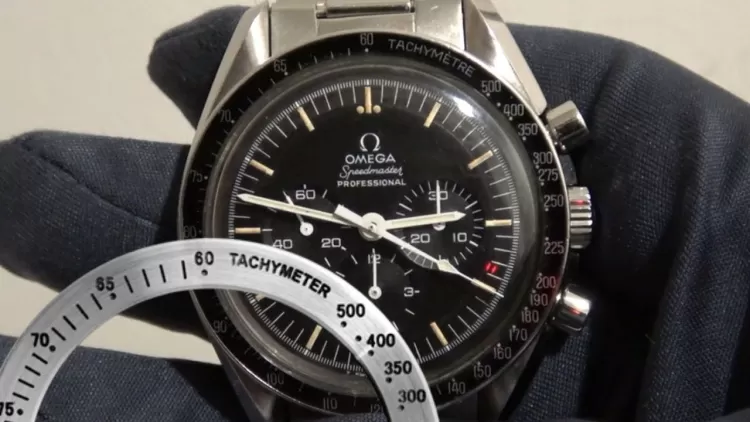
If you’ve ever come across a watch with a scale on its bezel or dial marked with numbers like 60, 120, or 300, you’ve likely encountered a tachymeter. But what exactly is a tachymeter, and how does it work? In this article, we’ll dive into the fascinating world of tachymeters, exploring their purpose, functionality, and how to use them effectively.
What is a Tachymeter?
A tachymeter is a feature commonly found on chronograph watches, designed to measure speed based on time and distance. It’s a scale that allows the wearer to calculate how fast an object is moving over a fixed distance. Originally developed for use in motorsports, tachymeters have become a popular tool for watch enthusiasts and professionals alike.
The tachymeter scale is typically engraved on the bezel or printed on the outer edge of the watch dial. It works in conjunction with the chronograph function, which is essentially a stopwatch built into the watch.
How Does a Tachymeter Work?
The tachymeter scale measures speed in units per hour (e.g., kilometers per hour or miles per hour). To use it, you need to start the chronograph when an object begins moving and stop it once the object has traveled a known distance (usually 1 kilometer or 1 mile). The chronograph’s second hand will point to a number on the tachymeter scale, indicating the speed of the object.
For example, if you’re timing a car traveling 1 kilometer, and it takes 30 seconds to cover that distance, the tachymeter scale will show a speed of 120 units per hour (since 120 corresponds to 30 seconds on the scale).
How to Use a Tachymeter
Using a tachymeter is straightforward once you understand the basics. Here’s a step-by-step guide:
-
Start the Chronograph: Begin timing as the object starts moving.
-
Stop the Chronograph: Stop the timer once the object has traveled a fixed distance (e.g., 1 kilometer or 1 mile).
-
Read the Scale: The position of the chronograph’s second hand on the tachymeter scale will indicate the speed.
It’s important to note that tachymeters are most accurate for measuring speeds that take between 7.2 and 60 seconds to cover the fixed distance. Outside this range, the scale may not provide accurate readings.
Practical Applications of a Tachymeter
While tachymeters were originally designed for motorsports, they have a variety of practical uses today. Here are a few examples:
-
Motorsports: Drivers and race enthusiasts can use a tachymeter to measure their speed on the track.
-
Aviation: Pilots can calculate ground speed during flight.
-
Everyday Use: Cyclists, runners, and even hikers can use a tachymeter to gauge their speed over a known distance.
-
Professional Settings: Engineers and technicians may use tachymeters for quick calculations in fieldwork
Tachymeter Watches: A Blend of Functionality and Style
Tachymeters are not just functional; they also add a touch of sophistication to a watch’s design. Many luxury watch brands, such as Rolex, Omega, and TAG Heuer, incorporate tachymeters into their chronograph models. These watches are highly sought after by collectors and enthusiasts for their precision engineering and timeless appeal.
All horology articles
What's Your Reaction?







